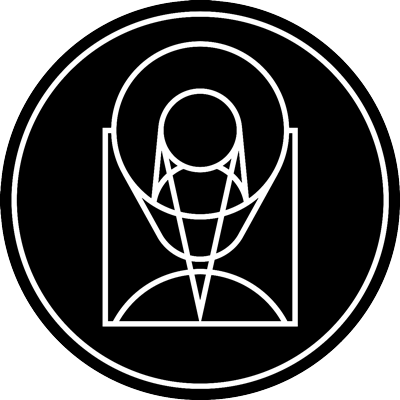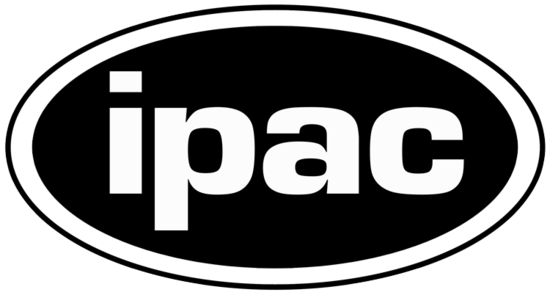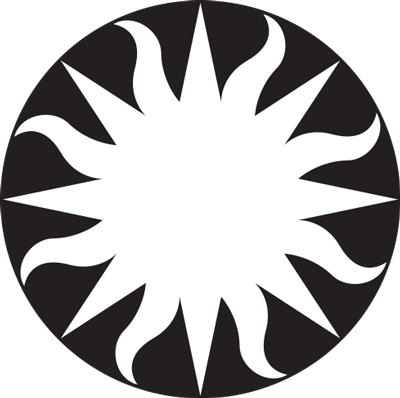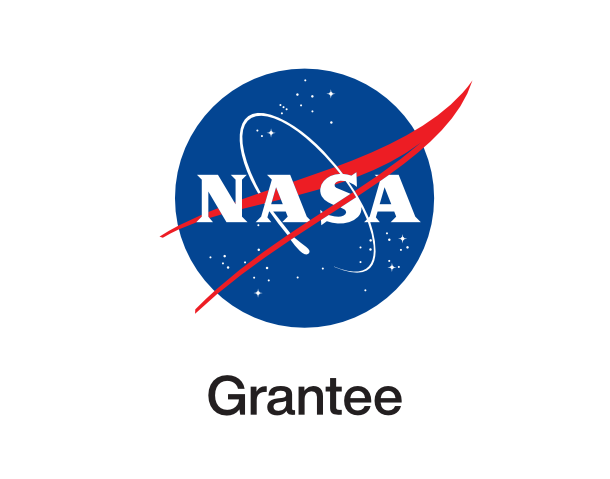An Old Star Gives Up the Ghost

stsci_2002-25a November 7th, 2002
Credit: NASA and The Hubble Heritage Team (STScI/AURA)
NASA's Hubble Space Telescope has recently obtained images of the planetary nebula NGC 6369. This object is known to amateur astronomers as the "Little Ghost Nebula," because it appears as a small, ghostly cloud surrounding the faint, dying central star. NGC 6369 lies in the direction of the constellation Ophiuchus, at a distance estimated to be between about 2,000 and 5,000 light-years from Earth. When a star with a mass similar to that of our own Sun nears the end of its lifetime, it expands in size to become a red giant. The red-giant stage ends when the star expels its outer layers into space, producing a faintly glowing nebula. Astronomers call such an object a planetary nebula, because its round shape resembles that of a planet when viewed with a small telescope. The Hubble photograph of NGC 6369, captured with the Wide Field Planetary Camera 2 (WFPC2) in February 2002, reveals remarkable details of the ejection process that are not visible from ground-based telescopes because of the blurring produced by the Earth's atmosphere. The remnant stellar core in the center is now sending out a flood of ultraviolet (UV) light into the surrounding gas. The prominent blue-green ring, nearly a light-year in diameter, marks the location where the energetic UV light has stripped electrons off of atoms in the gas. This process is called ionization. In the redder gas at larger distances from the star, where the UV light is less intense, the ionization process is less advanced. Even farther outside the main body of the nebula, one can see fainter wisps of gas that were lost from the star at the beginning of the ejection process. The color image has been produced by combining WFPC2 pictures taken through filters that isolate light emitted by three different chemical elements with different degrees of ionization. The doughnut-shaped blue-green ring represents light from ionized oxygen atoms that have lost two electrons (blue) and from hydrogen atoms that have lost their
Provider: Space Telescope Science Institute
Image Source: https://hubblesite.org/contents/news-releases/2002/news-2002-25
Curator: STScI, Baltimore, MD, USA
Image Use Policy: http://hubblesite.org/copyright/

- ID
- 2002-25a
- Subject Category
- B.4.1.3
- Subject Name
- NGC 6369
- Credits
- NASA and The Hubble Heritage Team (STScI/AURA)
- Release Date
- 2002-11-07T00:00:00
- Lightyears
- 5,000
- Redshift
- 5,000
- Reference Url
- https://hubblesite.org/contents/news-releases/2002/news-2002-25
- Type
- Observation
- Image Quality
- Good
- Distance Notes
- Distance in Lightyears
- Facility
- Hubble, Hubble, Hubble, Hubble, Hubble, Hubble
- Instrument
- WFPC2, WFPC2, WFPC2, WFPC2, WFPC2, WFPC2
- Color Assignment
- Band
- Optical, Optical, Optical, Optical, Optical, Infrared
- Bandpass
- B, OIII, V, Ha, NII, I
- Central Wavelength
- 439, 502, 555, 656, 658, 814
- Start Time
- Integration Time
- Dataset ID
- Notes
- Coordinate Frame
- ICRS
- Equinox
- 2000.0
- Reference Value
- 262.32832649917, -23.75905836389
- Reference Dimension
- 1450.00, 1450.00
- Reference Pixel
- 1085.49692857108, 1133.86677611590
- Scale
- -0.00001386245, 0.00001386245
- Rotation
- 42.23036015478
- Coordinate System Projection:
- TAN
- Quality
- Full
- FITS Header
- Notes
- World Coordinate System resolved using PinpointWCS 0.9.2 revision 218+ by the Chandra X-ray Center FITS X FITS Y EPO X EPO Y 944.74 1306.94 1205.02 837.15 1005.79 972.04 845.23 257.94 887.68 892.66 561.48 300.87 642.21 962.29 292.52 734.36 512.86 1104.37 291.13 1119.60 Center Pixel Coordinates: 725.00 262.33651472166 725.00 -23.75988037798
- Creator (Curator)
- STScI
- URL
- http://hubblesite.org
- Name
- Space Telescope Science Institute Office of Public Outreach
- outreach@stsci.edu
- Telephone
- 410-338-4444
- Address
- 3700 San Martin Drive
- City
- Baltimore
- State/Province
- MD
- Postal Code
- 21218
- Country
- USA
- Rights
- http://hubblesite.org/copyright/
- Publisher
- STScI
- Publisher ID
- stsci
- Resource ID
- STSCI-H-p0225a-f-1450x1450.tif
- Resource URL
- https://mast.stsci.edu/api/latest/Download/file?uri=mast:OPO/product/STSCI-H-p0225a-f-1450x1450.tif
- Related Resources
- http://hubblesite.org/newscenter/archive/releases/2002/25
- Metadata Date
- 2022-07-06T00:00:00
- Metadata Version
- 1.2
Detailed color mapping information coming soon...











